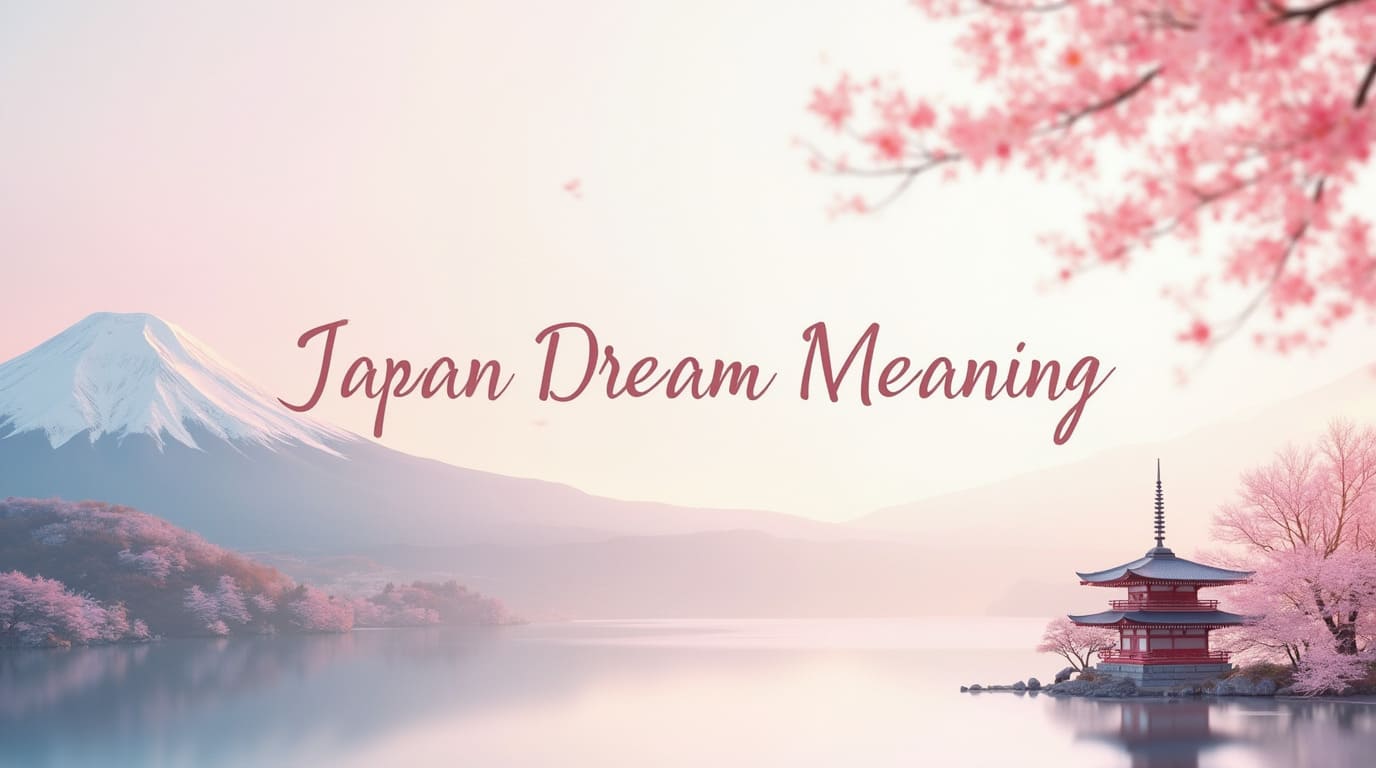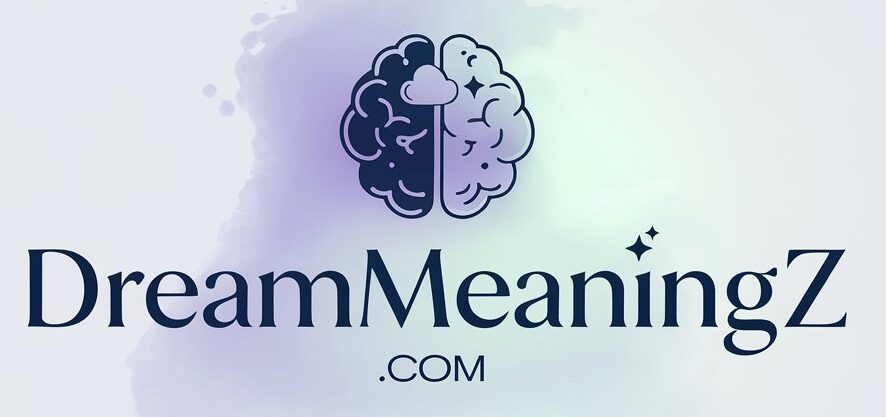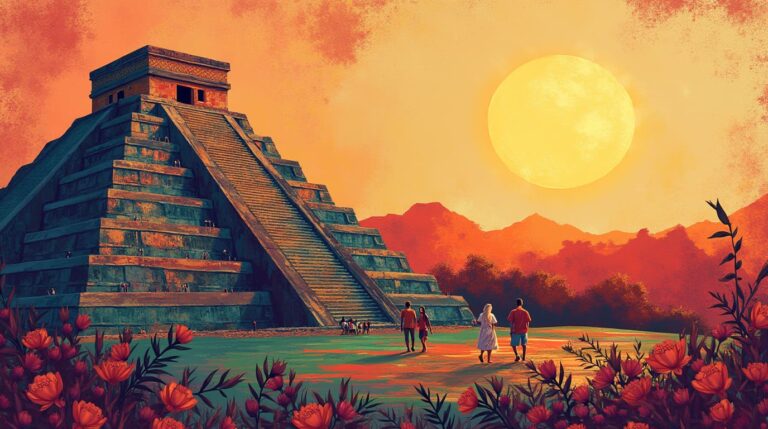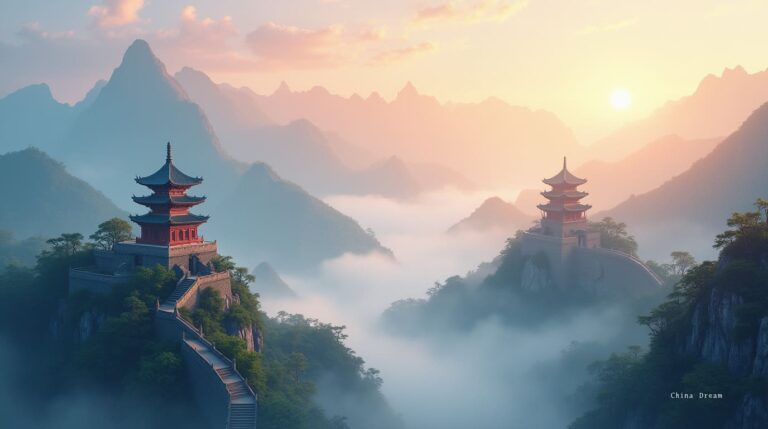Japan Dream Meaning

Dreams about Japan often show a wish for adventure and exploration. They reflect a growing interest in travel and cultural experiences. This is a key part of Japan dream meaning and its cultural significance.
About 64% of people feel curious and fascinated when dreaming of foreign countries. Japan is a popular symbol in these dreams. It shows the importance of personal growth in understanding these dreams.
Research shows that 55% of dreams about specific countries feel tranquil and serene. This is often linked to Japan’s landscapes and traditions. It can be a big factor in Japan dream meaning.
With 70% of dreamers wanting to dive into the cultures of the countries they dream about, Japan stands out. It offers a unique chance for personal growth and self-discovery through its culture.
Cultural Significance of Japanese Dream Symbols
In Japan, dreams are seen as a way to glimpse the future and grow personally. The country’s rich heritage makes dream symbols very meaningful. For instance, seeing Mt. Fuji in a dream might mean you’re about to find artistic inspiration. Cherry blossoms in dreams often symbolize beauty and the fleeting nature of life.
Dreams in Japan are also shaped by Buddhist and Shinto beliefs. Certain symbols, like fans or hawks, carry deep meanings. Fans can mean your wishes are coming true, while hawks suggest you’re gaining status. Knowing these meanings helps us appreciate Japanese culture’s depth and complexity.
Here are some common Japanese dream symbols and their meanings:
- Mt. Fuji: artistic inspiration and geographical height
- Cherry blossoms: beauty and impermanence
- Fans: granting of wishes
- Hawks: increased status
Exploring Japanese dream symbols helps us understand dream interpretation’s role in Japanese culture. It shows how dreams are deeply connected to the cultural context.
Common Japanese Landscape Elements in Dreams
Japanese landscapes bring balance and harmony to our dreams. Seeing Mount Fuji can mean we want to connect with nature and feel awe. Dreams of Japanese landscapes show our longing for peace and a need to reflect on ourselves.
Dreams about Japanese landscapes are also shaped by cultural symbols. Cherry blossoms symbolize beauty, change, and new starts. The Tokyo skyline stands for energy, drive, and success. Understanding these symbols helps us uncover our subconscious thoughts and dream meanings.
Some common Japanese landscape elements in dreams include:
- Mount Fuji, symbolizing aspiration and enlightenment
- Cherry blossom trees, representing beauty and impermanence
- The Tokyo skyline, signifying energy and ambition
- Shinto shrines, connecting us to the divine and harmony with nature
| Landscape Element | Symbols and Meanings |
|---|---|
| Mount Fuji | Aspiration, enlightenment, awe |
| Cherry Blossom Trees | Beauty, impermanence, new beginnings |
| Tokyo Skyline | Energy, ambition, success |
| Shinto Shrines | Connection to the divine, harmony with nature |
Understanding Japanese landscapes in dreams lets us explore our subconscious. Whether it’s Mount Fuji or the Tokyo skyline, these landscapes inspire and guide us towards balance and harmony.
Sacred Animals in Japan Dream Meaning
In Japan, sacred animals carry deep meanings that show up in dreams. These animals, like fox spirits, dragons, cranes, and turtles, are key in Japanese culture. They help us understand our subconscious.
Each animal has its own meaning. Fox spirits are seen as clever and magical. Dragons stand for strength and luck. Cranes and turtles symbolize long life and wisdom. Knowing these meanings helps us appreciate Japanese culture more.
Symbolic Meanings of Sacred Animals
- Fox spirits: cunning and magical powers
- Dragons: strength and good fortune
- Cranes: longevity and wisdom
- Turtles: longevity and wisdom
By understanding these animals in dreams, we learn more about our minds. It shows the value of dreams in Japanese culture. It also highlights the need to interpret their symbols.
| Animal | Symbolic Meaning | Appearance in Dreams |
|---|---|---|
| Fox spirits | Cunning and magical powers | Guidance and wisdom |
| Dragons | Strength and good fortune | Positive change and prosperity |
| Cranes | Longevity and wisdom | Good luck and longevity |
| Turtles | Longevity and wisdom | Stability and endurance |
The symbolism of sacred animals in dreams offers deep insights. It helps us understand our subconscious and the messages in our dreams. By grasping these meanings, we value dreams in Japanese culture more.
Cherry Blossoms and Natural Elements
Cherry blossoms, known as “sakura” in Japan, have deep meaning in dreams. They symbolize life’s fleeting nature and the beauty of nature. Seeing cherry blossoms in dreams can mean life’s shortness and its beauty.
Natural elements like trees and flowers also carry meaning in dreams. They show how everything in nature is connected.
The Hanami festival, celebrating cherry blossoms, is a big deal in Japan. Thousands gather to enjoy the blossoms. It’s a time to cherish nature and life’s briefness.
Here are some dream meanings for cherry blossoms and nature:
- Cherry blossoms in full bloom: a time of growth and joy
- Withering cherry blossoms: feelings of loss or change
- Sitting or walking under cherry blossoms: a moment to relax and think
Cherry blossoms mean more than just beauty in Japan. They symbolize friendship and peace worldwide. For example, Japan gave 3,800 Yoshino cherry trees to the U.S. in 1965.
The beauty of cherry blossoms and nature in dreams is powerful. It reminds us to appreciate and respect nature’s wonder.
| Symbolic Meaning | Dream Interpretation |
|---|---|
| Cherry Blossoms | Fleeting nature of life, beauty, and wonder |
| Natural Elements | Interconnectedness of all living things, appreciation for nature |
| Full Bloom | Growth, renewal, joy, and celebration |
| Withering | Loss, sadness, transition, and impermanence |
Ancient Japanese Dream Interpretation Techniques
Ancient Japanese dream interpretation focuses on the dream’s cultural context. Techniques like dream pillows and sleep rituals offer insights into Japan’s dream culture. These methods help understand the cultural and historical value of dreams in Japan.
In ancient Japan, symbolism was key in dream interpretation. Dream diaries and astrological signs added meaning to dreams. Dream pillows and sleep rituals also helped tap into the subconscious, deepening dream understanding.
Dream Pillows and Sleep Rituals
Dream pillows and sleep rituals were vital in ancient Japan. They helped prepare for sleep and improved dream recall. Using these, people could better remember and understand their dreams.
Dream Diaries in Japanese Culture
Dream diaries were a long-standing tradition in Japan. They helped identify recurring themes and symbols in dreams. This led to a deeper understanding of the subconscious and personal growth.
| Technique | Description |
|---|---|
| Dream Pillows | Used to induce a state of relaxation and improve sleep quality |
| Sleep Rituals | Help individuals prepare for sleep and increase their ability to recall dreams |
| Dream Diaries | Used to record and reflect on dreams, identifying recurring themes and symbols |
Using ancient Japanese dream techniques can deepen dream understanding. These methods highlight the cultural and symbolic importance of dreams. They also promote personal growth and self-awareness.
Modern Japanese Urban Dream Symbols
In modern Japanese cities, dreams show unique symbols. These symbols mix old and new cultures. Neon lights and skyscrapers in dreams show the mix of old and new ways of life. They also show how fast things change and how technology grows in Japan.
Dreams about Japanese cities can mean a desire for fun and new things. They also show a need to express oneself and be creative. Looking into these symbols helps us understand the ups and downs of life in Japan today. Some common symbols include:
- Neon lights, representing the vibrant and dynamic nature of city life
- Skyscrapers, symbolizing ambition and the pursuit of success
- Subway trains, representing the fast-paced and often crowded nature of urban living
Exploring these symbols lets us peek into our subconscious. It helps us understand our thoughts, feelings, and wishes. This can help us grow and find ourselves, making life’s challenges easier to handle.
| Dream Symbol | Symbolism |
|---|---|
| Neon lights | Representing the vibrant and dynamic nature of city life |
| Skyscrapers | Symbolizing ambition and the pursuit of success |
| Subway trains | Representing the fast-paced and often crowded nature of urban living |
Mythological Figures in Japanese Dreams
In Japanese culture, mythological figures are key in dreams. They include yokai and deities. These figures in dreams reveal what’s in our subconscious.
Figures like the Baku, a dream-eater, and the yume no seirei, a dream spirit, are common. They carry deep meanings. For example, the Baku eats nightmares, showing its protective role.
Examples of mythological figures in Japanese dreams include:
- Baku: a dream-eater that consumes nightmares
- Yume no seirei: a spirit that appears in dreams
- Yokai: supernatural beings that can symbolize the unknown or the unconscious
Exploring mythological figures in dreams helps us understand Japanese culture. It also lets us see the hidden meanings in our dreams. This knowledge helps us interpret our dreams better.
Color Symbolism in Japanese Dreams
Colors are very important in Japanese culture. They have deep meanings in dreams. For example, red often means passion and energy. Blue usually stands for calmness and peace.
About 25% of people connect certain colors with emotions in dreams. Red is often tied to strong feelings. Blue is seen as calming. This shows how colors in dreams can reveal our subconscious thoughts.
Here are some common colors and their meanings in Japanese dreams:
- Red: passion, energy, and good luck
- Blue: calmness, tranquility, and career success
- White: purity, innocence, and balance
- Gold: money, glory, and fame
- Green: good health and harmony
Exploring color symbolism in Japanese dreams helps us understand Japan’s cultural values. It also helps us see the deeper meanings in our dreams. This way, we can better understand our subconscious thoughts and feelings.
Numbers and Their Significance in Japanese Dream Analysis
In Japanese dream analysis, numbers are key to understanding dreams. They reveal what’s in our subconscious and the cultural value of numbers in Japan. For example, some numbers are seen as lucky or unlucky because of how they sound or look.
Some numbers are shunned in Japan because they’re linked to bad luck or death. The number four is unlucky because it sounds like “shi,” meaning “death.” The number nine is also avoided because it sounds like “ku,” which means “agony” or “torture.” But, the number eight is lucky because it looks like a symbol of wealth.
Lucky Numbers in Dreams
In Japanese dream analysis, lucky numbers hint at good fortune and success. These numbers are linked to positive experiences. Here are some lucky numbers and what they mean:
- The number eight is lucky because of its shape and sound.
- The number three is lucky because it stands for balance and harmony.
- The number five is lucky because it represents wisdom and knowledge.
Numerical Patterns and Meanings
Numerical patterns in dreams also carry deep meanings. They often symbolize balance, harmony, and unity. For instance, the number 42 is avoided in cars and racing because it sounds like “shini,” or “to die.” The number 49 is also avoided because it sounds like “shiku,” or “a painful death.”
| Number | Significance |
|---|---|
| 4 | Unlucky due to pronunciation similar to “death” |
| 8 | Lucky due to shape and pronunciation |
| 9 | Unlucky due to pronunciation similar to “agony” or “torture” |
By looking into numbers in Japanese dream analysis, we can better understand the cultural value of numbers in Japan. It shows how important it is to consider the symbolic context of dreams.
Conclusion
Understanding dreams about Japan is complex. It involves knowing the cultural symbols and personal experiences. Japan’s dream world is full of sacred animals and mythological beings. These elements help us find the hidden messages in our dreams.
Dreams about Japan often talk about growing, change, and spiritual awakening. These themes show how our lives are connected to Japan’s rich culture. They highlight the deep bond between our experiences and Japan’s heritage.
When you dream of Japan, it’s like getting a glimpse into your own journey. Dreams of trains, Zen gardens, and cherry blossoms offer clues about your path. By exploring Japan’s dream meanings, you can understand yourself better.
This journey helps us see the commonalities in human experiences. It shows how dreams can reveal the secrets of our minds. Embracing Japan’s dream world can enrich our lives and our understanding of ourselves.
FAQ
What is the cultural significance of Japanese dream symbols?
Japanese dream symbols are deeply rooted in the country’s rich culture. This includes Buddhism, Shintoism, and other traditions. Traditional methods of dream interpretation focus on the cultural context of dreams.
How do common Japanese landscape elements appear in dreams?
Dreams often feature Japanese landscapes like Mount Fuji or Tokyo’s skyline. These symbols represent balance, connection with nature, and self-reflection.
What is the significance of sacred animals in Japanese dreams?
Sacred animals like fox spirits and dragons hold significant meaning in Japanese dreams. They offer guidance and wisdom, reflecting the cultural importance of these creatures.
How do cherry blossoms and natural elements in Japanese dreams hold symbolic meaning?
Cherry blossoms and natural elements symbolize life’s fleeting nature and beauty. They remind us of the impermanence of the natural world.
What are some ancient Japanese dream interpretation techniques?
Ancient techniques include dream pillows, sleep rituals, and dream diaries. These methods offer insights into Japan’s cultural and historical dream context.
How do modern Japanese urban dream symbols hold symbolic meaning?
Modern symbols like neon lights and skyscrapers reflect Japan’s modernity and rapid change. They symbolize the tension between tradition and modernity.
What is the significance of mythological figures in Japanese dreams?
Mythological figures like yokai and deities offer insights into the subconscious. They reveal hidden meanings behind dreams.
How does color symbolism play a role in Japanese dream interpretation?
Colors in dreams hold significant meaning in Japanese culture. They offer insights into the subconscious and hidden meanings.
What is the significance of numbers in Japanese dream analysis?
Numbers in dreams have deep cultural significance in Japan. Lucky numbers signify good fortune, while patterns represent balance and harmony.






